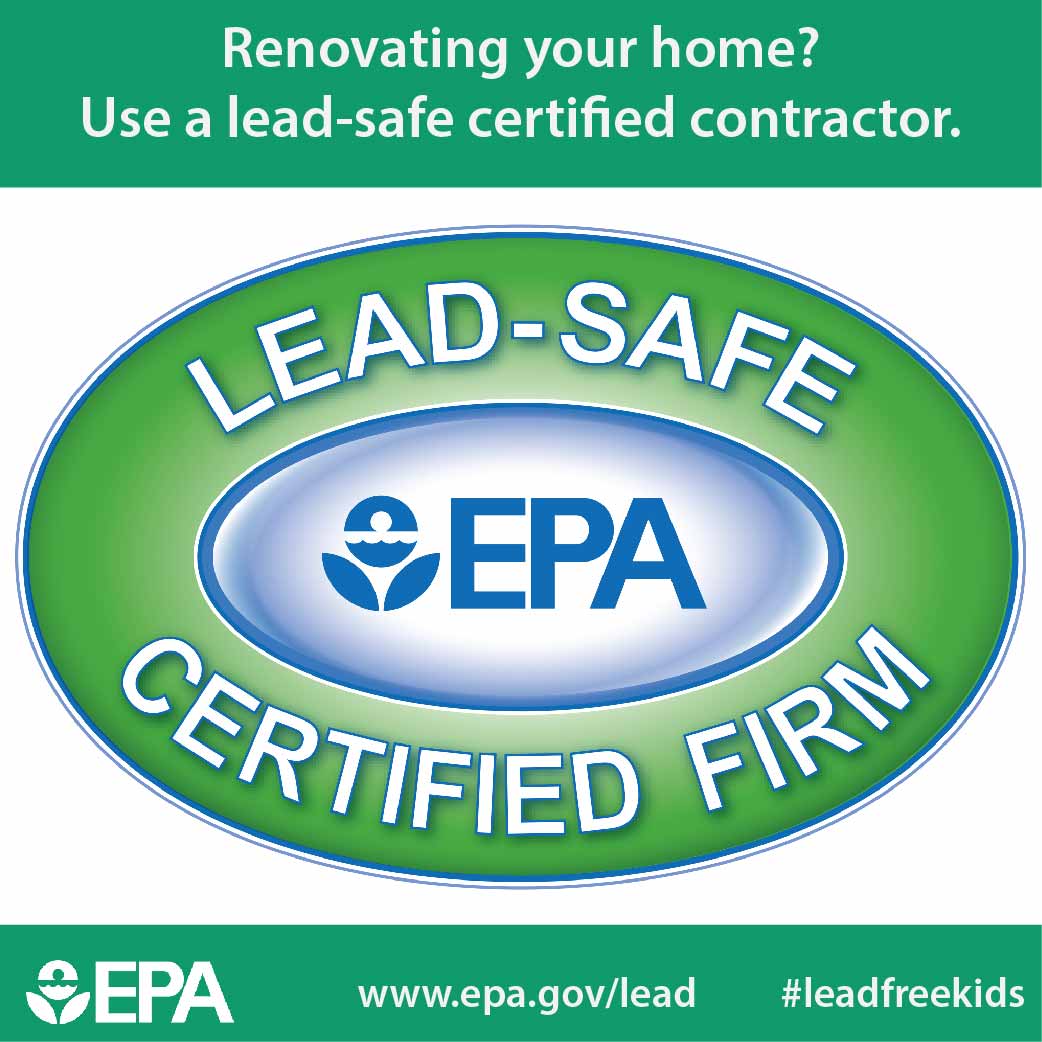Factors To Consider For Industrial Exterior Paint By Season: Necessary Info You Ought To Have
Factors To Consider For Industrial Exterior Paint By Season: Necessary Info You Ought To Have
Blog Article
Article By-McLamb Decker
When you're intending an industrial exterior paint project, seasonal aspects can make or damage your results. commercial painter minneapolis 'll wish to consider just how temperature level and humidity impact paint application and drying out times. Selecting the best period can ensure your paint sticks appropriately and lasts much longer. Yet which periods are genuinely the best for this kind of work? Let's explore click this that can influence your project's success.
The Effect of Temperature Level on Paint Application
When you're preparing an industrial exterior painting job, the temperature level can dramatically affect just how well the paint sticks and dries.
Preferably, selle painting mn painting intend to paint when temperatures range in between 50 ° F and 85 ° F. If it's also cold, the paint might not cure appropriately, bring about problems like peeling off or fracturing.
On the other side, if it's as well warm, the paint can dry as well promptly, preventing appropriate adhesion and leading to an uneven surface.
You must additionally take into consideration the moment of day; early morning or late afternoon offers cooler temperatures, which can be extra desirable.
Constantly examine the supplier's suggestions for the details paint you're using, as they often give advice on the perfect temperature range for optimal results.
Humidity and Its Impact on Drying Times
Temperature level isn't the only environmental element that influences your industrial external paint job; moisture plays a significant role as well. High humidity degrees can slow down drying out times drastically, impacting the general top quality of your paint work.
When the air is saturated with wetness, the paint takes longer to heal, which can result in problems like inadequate attachment and a higher threat of mildew growth. If you're repainting on a particularly moist day, be prepared for extended wait times in between layers.
It's essential to keep an eye on neighborhood weather and plan appropriately. Preferably, go for moisture degrees in between 40% and 70% for ideal drying.
Maintaining these factors in mind ensures your project remains on track and supplies a lasting coating.
Best Seasons for Commercial Outside Paint Projects
What's the best time of year for your industrial external paint jobs?
Springtime and early loss are normally your best bets. Throughout these periods, temperatures are moderate, and humidity degrees are typically lower, developing optimal conditions for paint application and drying out.
Prevent summertime's intense heat, which can cause paint to completely dry also rapidly, resulting in poor bond and surface. Similarly, winter's cold temperature levels can impede proper drying out and treating, risking the long life of your paint work.
Aim for days with temperatures in between 50 ° F and 85 ° F for ideal outcomes. Bear in mind to examine the neighborhood weather report for rainfall, as damp problems can wreck your project.
Preparation around these aspects ensures your paint job runs efficiently and lasts longer.
Verdict
Finally, planning your business exterior painting projects around seasonal factors to consider can make a substantial distinction in the result. By scheduling work throughout the optimal temperatures and moisture levels, you'll guarantee far better attachment and drying out times. Bear in mind to keep an eye on neighborhood weather forecasts and choose the right time of year-- spring and very early autumn are your best options. Taking these steps will help you attain a durable and professional surface that lasts.
